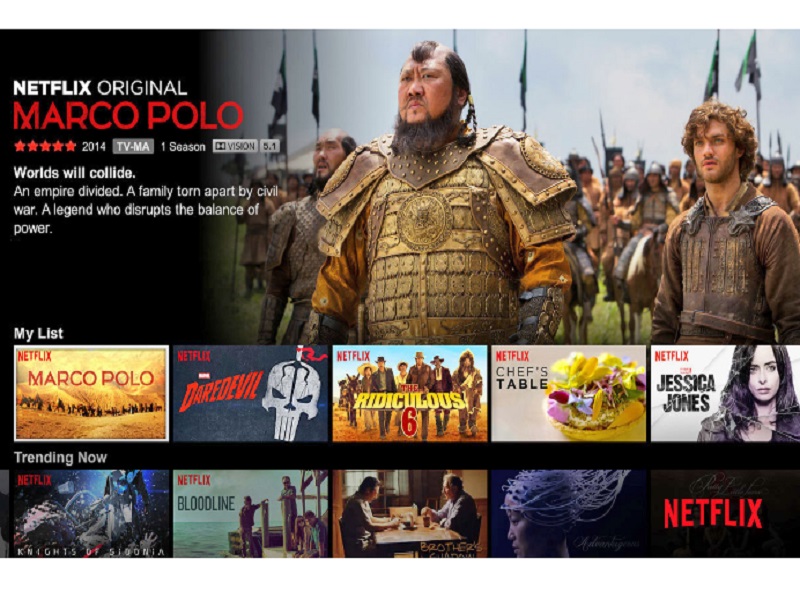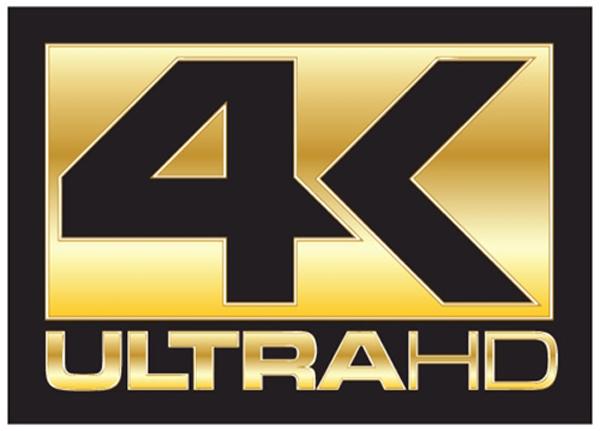If you’re thinking of upgrading your TV set to get the best out of the new 4K format for gaming on the PS4 Pro or the upcoming Xbox Scorpio, you might be thinking that it should be as simple as upgrading from your 1080p HD Television to a 4K television. Unfortunately, that’s not the case.
Upgrading to the next-level 4K experience is not as clear cut as it might seem, because we’re in the midst of a new format war not dissimilar to the good old days of Betamax and VHS or Blu-Ray and HD-DVD. And as was true in those days, making an uninformed choice could hit your wallet right where it hurts.
The new format war of this generation is HDR10 vs Dolby Vision. Let me break these two down for you.
HDR10
HDR10 is open industry and the most commonly adopted format for film and now gaming. The Xbox One S, for example, has adopted the HDR10 format for gaming and 4K streaming. The PlayStation Pro, due to be released in November, will also be using the HDR format as it’s standard. Without HDR10 compatibilty, your television won’t run games in HDR.
It’s worth noting that some television brands use different names in their settings for HDR10 such as, Ultra HD deep colour, HDR Premium, High Dynamic Range, HDR, UHD Colour, or Ultra HD Premium to name a few. So if you see any of those phrases on the store box, you’ll know that TV is using HDR10.
Dolby Vision
Catching up, but currently the least adopted of the two formats, is Dolby Vision. This technology is proprietary to Dolby, but it does have some advantages over HDR10. Without getting into too many technicalities, suffice it to say that Dolby Vision has advantages in color depth and brightness.
4K Ultra Blu Rays don’t yet support Dolby Vision, but content providers such as Amazon and Netflix are using it for some of their content. Upon checking this out for myself, I noticed original shows like Marco Polo and Daredevil are making use of Dolby Vision.
Look out for the Dolby Vision logo
So which one should your TV support?
The ideal choice would be a TV that universally supports both standards, such as the newer LG models. Hopefully all manufacturers will follow suit and support both as we make our way into 2017. But until then, the lower cost and safest choice would be looking for a TV that supports HDR10 as standard — especially if you’re purchasing a 4K set to get the most out of the PS4 Pro, the upcoming Xbox Scorpio, or even the new features in the Xbox One S.
I’m far from an expert myself, but I made the mistake of adopting too early and would at least like save others from making the same mistake I did. As a gamer, the most simple piece of advice I can give when shopping for a compatible TV is to look out for HDR (High Dynamic Range) in the product descriptions. Also keep in mind that a lot of the early model or budget brand 4K TVs don’t have HDR10 or Dolby Vision — and you’ll have a nasty surprise in store after you’ve spent your hard earned cash on a 4K capable gaming console when your TV won’t run it.
So check the box before you buy, and you should be okay.







Published: Oct 5, 2016 04:46 pm